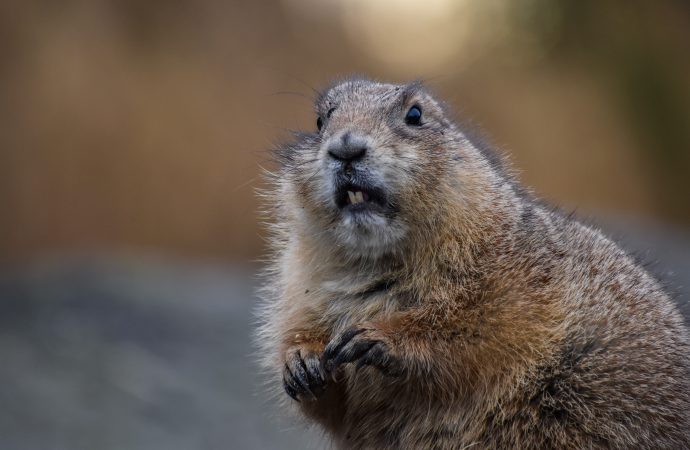Beavers are fascinating creatures that inhabit various ecosystems in North America. Known for their incredible engineering skills and their impact on the environment, beavers have become an important part of our ecological landscape. In this article, we will take a closer look at North America’s largest rodent, the mighty beaver. Beavers are members of the
Beavers are fascinating creatures that inhabit various ecosystems in North America. Known for their incredible engineering skills and their impact on the environment, beavers have become an important part of our ecological landscape. In this article, we will take a closer look at North America’s largest rodent, the mighty beaver.
Beavers are members of the rodent family and are found throughout North America, from the Arctic Circle to the southern regions of the United States. They are well known for their impressive engineering skills, building dams and lodges that transform the landscapes they inhabit. Beavers are often referred to as “ecosystem engineers,” due to the profound effects they have on the environment around them.
One of the most impressive feats of beavers is their ability to build dams. Dams can vary in size, from small structures built across streams to large structures that span entire rivers. These dams play an important role in the ecosystem, creating wetlands that are essential habitats for a wide range of plant and animal species.
Beavers build dams by felling trees and using the branches, leaves, and mud to create a structure that holds back water. The resulting pond created by the dam provides a safe place for beavers to live and raise their young. In addition, the pond creates new habitats for other wildlife, such as fish, birds, and amphibians.
Beavers also build lodges, which are dome-shaped structures made of sticks and mud. These lodges provide shelter for beavers and can be accessed through an underwater entrance. The interior of the lodge is kept dry, even though it is submerged in water, thanks to the insulation provided by the mud.
Despite their size, beavers are surprisingly fast and agile in the water. They are excellent swimmers and can hold their breath for up to 15 minutes. Beavers also have a distinctive paddle-shaped tail that they use to steer while swimming and as a warning signal to other beavers.
Another fascinating fact about beavers is their teeth. Beavers have four large, sharp incisors that never stop growing. These teeth are used to gnaw through trees and other vegetation, which they use to build dams and lodges, and to eat. The front teeth of a beaver can grow up to one meter in length during their lifetime!
Unfortunately, beavers were hunted to near extinction in the past due to their valuable fur. However, conservation efforts and protections have helped beaver populations recover in many parts of North America. Today, beavers are recognized as important ecosystem engineers that play a vital role in maintaining healthy ecosystems.
In conclusion, the mighty beaver is a fascinating creature that has a significant impact on the environment around them. Their impressive engineering skills and ability to create wetlands make them an important part of the ecosystem. By understanding the role of beavers in their habitat, we can better appreciate the importance of these remarkable creatures and work to ensure their continued survival.

















Leave a Comment
Your email address will not be published. Required fields are marked with *